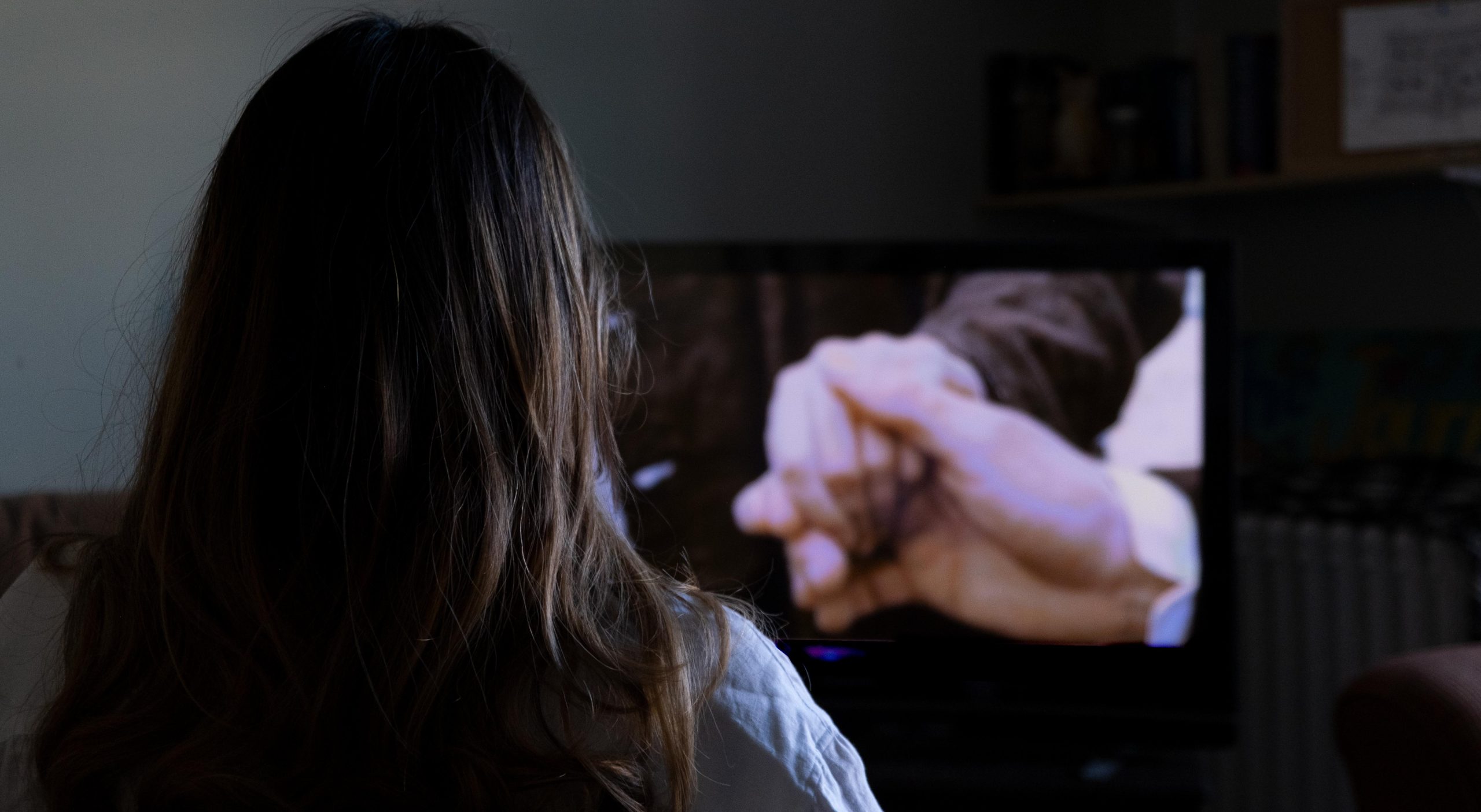The first time I watched the 2005 version of Pride and Prejudice, I replayed the iconic ‘hand scene’ at least ten times.
If you haven’t seen it, Mr. Darcy silently reaches out to help Elizabeth Bennet into her carriage and their hand’s touch for just a moment. As he walks away, the camera shifts to a close-up as he flexes and clenches his hands, wordless, while Elizabeth watches him leave.
Though it may not seem like the most exciting scene in film history, the moment was profoundly intimate. I felt the love and longing in my body as I watched it, and it was almost more emotionally charged than a sex scene.
In recent years, the term ‘female gaze’ has been coined to describe art that subverts or ignores the stereotypical male gaze or perspective. The male gaze is especially prevalent in the mediums of television and film, where an abundance of female characters are observed through a sexualized—often objectified—lens that caters to straight men.
The hand scene in Pride and Prejudice, though directed by a man, was arguably the first notable time I witnessed an intimate moment through a lens other than the male gaze. This is likely due to the fact that the original novel was written by the iconic Jane Austen.
TV shows like Fleabag and Jane the Virgin have been praised for approaching storytelling through a female gaze—offering nuanced, messy, and deep characterization of the women on screen. The heart of Jane the Virgin is the relationship between three generations of Latina women, practically unheard of in the world of American mainstream media.
It’s interesting how the male gaze continues to manifest in ‘girlboss,’ feminist characters. There’s little room for growth and emotional depth when women are painted in a one-dimensional manner, regardless of whether this dimension is purely sexual or strong.
The hero’s journey is always defined in terms of the male experience. Even now, it’s groundbreaking to encounter a film that centres around a woman’s rich and complex journey through life—especially one done well.
We’re able to get a taste of it in Greta Gerwig’s Lady Bird, which was brilliant and hilarious. Still, examples of racialized women taking center stage are even harder to find.
Some critics have argued that ideas like the male and female gaze reinforce a binary and an idea that men and women have two equally opposed, juxtaposed ways of seeing the world. I understand this critique. When I’m watching film and TV, I’m desperately searching for lenses that flip the stereotypical male gaze on its head, but this does not necessarily have to be a ‘female’ lens.
I want to see more complex representations of women, especially racialized women, on the big screen. I need more films like Bend it Like Beckham, with ambitious female leads who are also navigating their cultural identity.
I’d also love for films to approach heterosexual sex scenes in a way that doesn’t prioritize male pleasure and queer sex scenes in a way that doesn’t fetishize romance and sex between women.
The male gaze and female gaze are incredibly interesting lenses to analyze film through. In the coming years, I’m excited to feel seen and represented as filmmakers challenge the stereotypical male lens of storytelling—and potentially move beyond the binary into more fluid ways of seeing characters on the screen.
Tags
female gaze, Male gaze, Media, representation
All final editorial decisions are made by the Editor(s)-in-Chief and/or the Managing Editor. Authors should not be contacted, targeted, or harassed under any circumstances. If you have any grievances with this article, please direct your comments to journal_editors@ams.queensu.ca.

